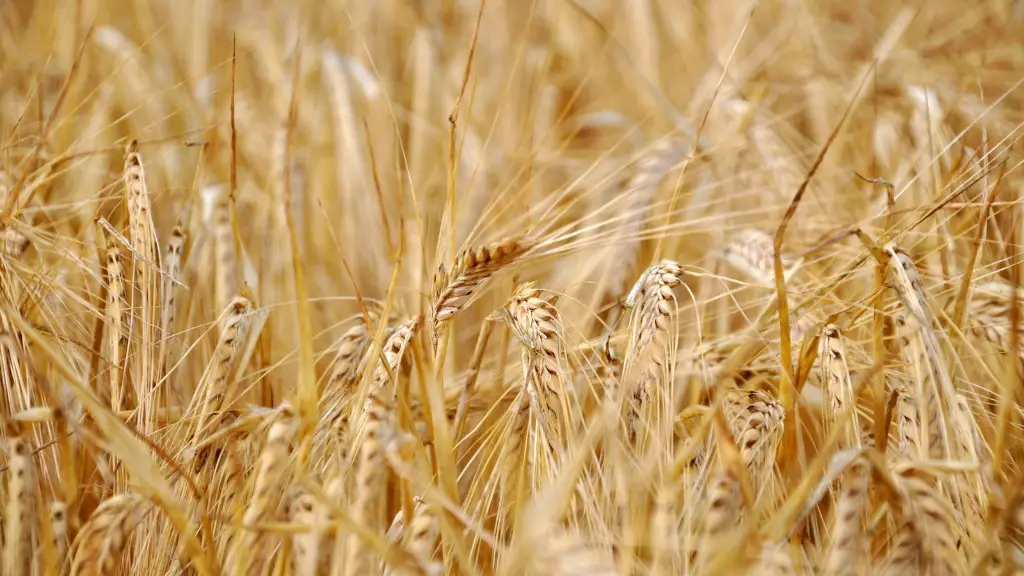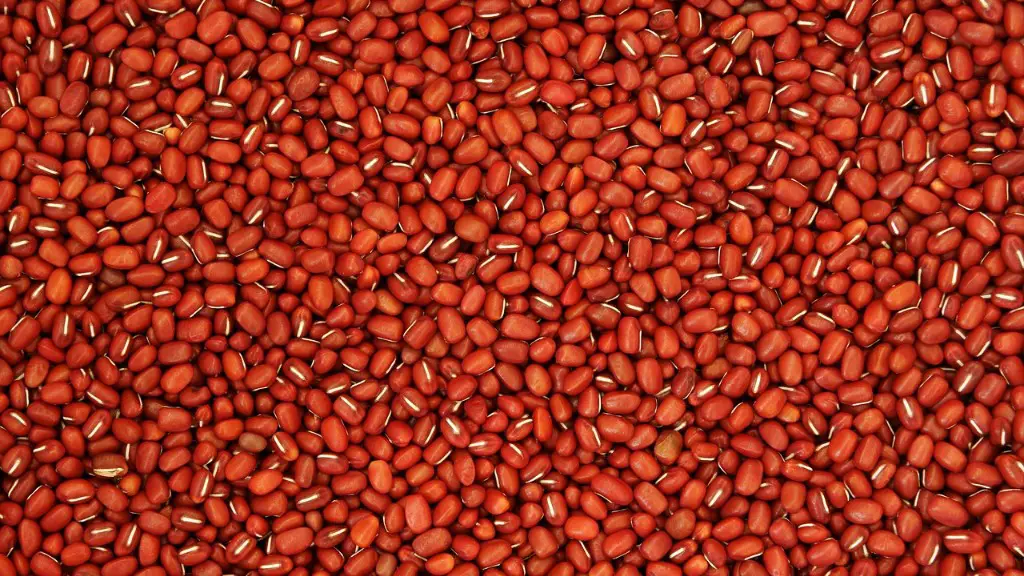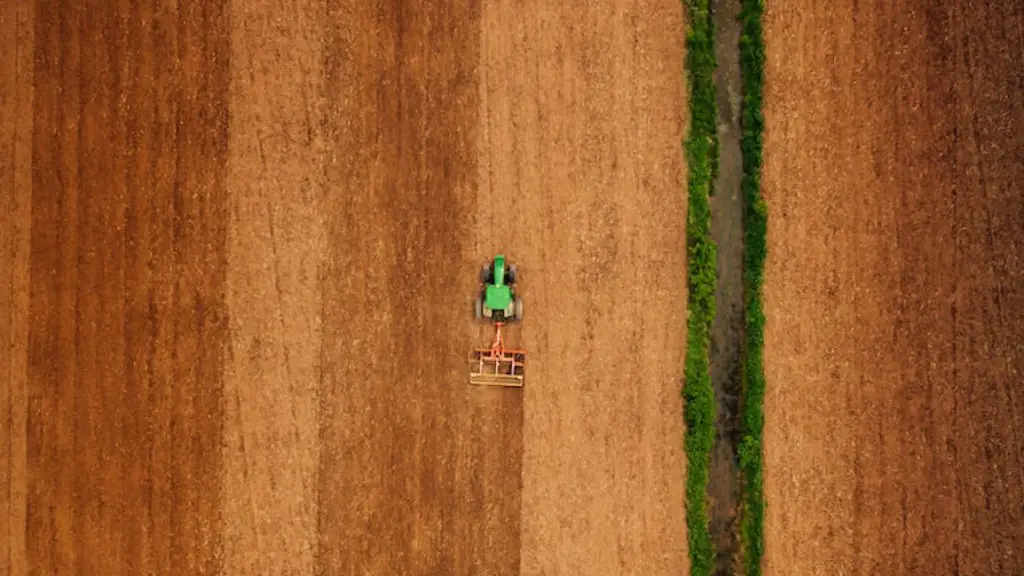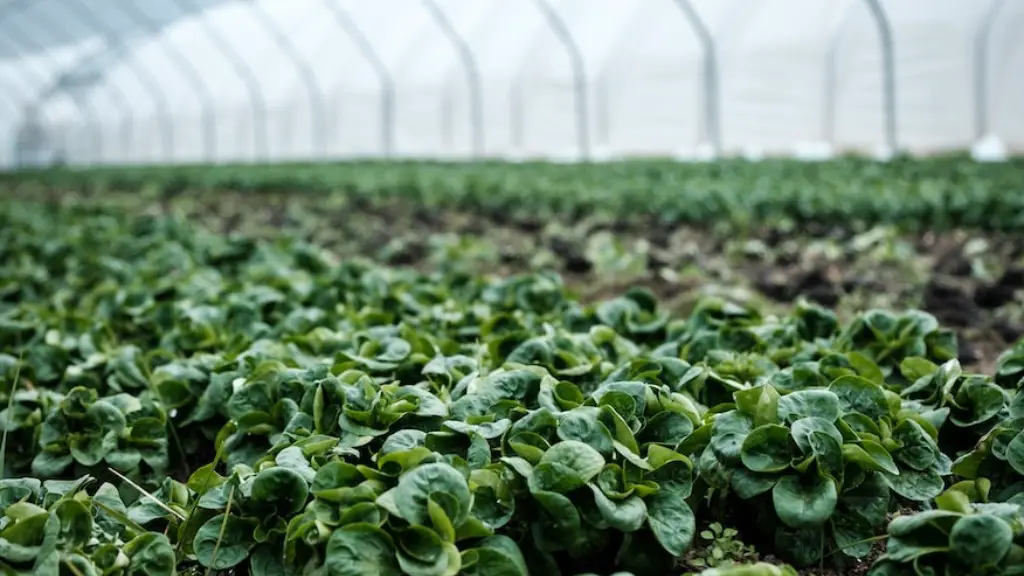Precision agriculture, also known as satellite farming, is a type of technology used by farmers to monitor and manage their crops. The technology relies heavily on remote sensing and other computer-driven techniques to detect and diagnose problems in large farming operations. Farmers use precision agriculture techniques to “fine-tune” their operations, with the aim of maximizing the health, yield, and economic success of the farm.
However, the use of precision agriculture is not widespread, even though it offers considerable potential for improving the efficiency of crop production. A 2017 survey of agricultural producers in the United States found that only 28 percent were using any form of precision agriculture. This figure was even lower among smaller farmers, with only 15 percent of small-scale farmers having adopted any kind of precision agriculture technology.
While it is true that precision agriculture technology is expensive and requires considerable investments, it is worth noting that the cost has been decreasing significantly in recent years. The cost of the technology, however, is only one of the reasons preventing farmers from using the technology. Other factors include the lack of access to reliable internet and the difficulty of using the technology.
Furthermore, many farmers are reluctant to use precision agriculture technology because they think they do not need to. This is particularly true of small-scale farmers who have developed their own systems of crop rotation, fertilizer application, pest management, and other farming practices that have been passed down from generation to generation. These farmers may not see the value in switching to new technology.
On the other hand, more and more farmers are recognizing the benefits of precision agriculture and beginning to use the technology. For example, the number of farmers with GPS-based predictive crop models has doubled since the early 2000s. In addition, remote sensing technologies such as satellite imagery, aerial imagery, and hyperspectral scanners are becoming increasingly popular as farmers seek to accurately monitor their fields for health and yield characteristics.
Geographic Reach
The geographic reach of precision agriculture technology is extensive. In the United States, farmers in all 50 states, Guam, the Virgin Islands, and Puerto Rico have access to precision agriculture offerings. Worldwide, an estimated 60 percent of all farmers are now using precision agriculture technology.
Europe is leading the way in the adoption of precision agriculture technology. Recent figures show that an estimated 92 percent of European farmers are using some form of precision agriculture. In comparison, only 15 percent of North American farmers are using the technology. The high adoption rate of precision agriculture in Europe is primarily due to the availability of grants and subsidies that help farmers to defray the costs of investing in the technology.
In Asia, too, adoption of the technology is on the rise. Research has found that 28 percent of Japanese farmers and 25 percent of Chinese farmers are utilizing precision agriculture technology. These figures are expected to increase dramatically in the next few years.
Adoption of precision agriculture is also increasing in other parts of the world. Recent figures show that multiple African and Latin American countries have seen significant increases in the use of the technology over the last few years. This is driven to a large extent by the availability of new funding and technical support.
The rise in the use of precision agriculture has been driven in part by the emergence of new applications and advances in artificial intelligence. These advances have enabled the technology to be used for more complex tasks such as crop forecasting, weed and pest control, and even autonomous drones for advanced crop management.
Training and Support
The use of precision agriculture technology requires a level of technical expertise, and many farmers are not familiar with the technology. Therefore, it is important for agricultural professionals to offer training and education to farmers and other stakeholders who are interested in adopting the technology.
In addition to training, it is important to provide access to customer support, technical assistance, and other resources that can help farmers to use the technology more effectively. These resources can be provided through agricultural extension programs, university-based research institutes, and other specialized organizations. In some cases, these organizations also offer financial incentives and support for farmers who are willing to invest in the technology.
Finally, it is important to create a network of experts who can help farmers make the most out of their precision agriculture technology. By connecting experts and farmers, it is possible to identify best practices, keep up with technological advances, acquire the latest tools and technologies, and access new sources of funding.
In short, the use of precision agriculture technology is growing rapidly, and more farmers are adopting the technology with each passing year. To ensure that farmers are able to make the most out of the technology, it is important to provide training, support, and other resources that can assist farmers with the implementation of precision agricultural techniques.
Economic Benefit
The economic benefit of precision agriculture is well documented. Studies have shown that farmers who use the technology can increase their yields by up to 30 percent, reduce their input costs by up to 30 percent, and increase their profits by up to 30 percent.
In addition, the use of precision agriculture can help farmers to reduce their environmental impact. Precision agriculture technologies can minimize fertilizer and pesticide applications, reduce water use, and improve soil health, among other environmental benefits.
Finally, precision agriculture can also help farmers to better respond to changing markets and consumer preferences. For example, farmers can use the technology to accurately monitor their crops, allowing them to adjust their operations in response to market changes and consumer demand.
In summary, the use of precision agriculture technology is increasing among farmers, offering a range of economic and environmental benefits. These benefits can help farmers to increase their yields, reduce their costs, and improve their bottom line.
Risks
Like all technologies, precision agriculture carries a certain degree of risk. For example, the use of the technology may introduce new pests and diseases into crops, or it may lead to the spread of invasive species. As such, it is important for farmers to be aware of the potential risks associated with the technology.
In addition, precision agriculture technology may lead to increased land fragmentation, as farmers may choose to use the technology to subdivide their land into smaller sections. This can lead to problems such as border disputes and competition over scarce resources.
Finally, precision agriculture technology can be vulnerable to cyberattacks, which can have damaging effects on agricultural operations. Therefore, it is important for farmers to use appropriate security measures when using the technology.
In conclusion, the use of precision agriculture technology can offer numerous benefits, but it also carries certain risks. By understanding these risks and taking appropriate precautions, farmers can make the most out of the technology while also minimizing their risks.
Perspective
In terms of precision agriculture technology, there is no one-size-fits-all approach, and farmers need to evaluate the costs and benefits of the technology for their own operations. For some, the technology may be too expensive, while for others, the returns may not be worth the investment.
Furthermore, there are many different types of precision agriculture technology, and it is important for farmers to choose the technology that is best suited for their needs. For instance, some farmers may choose to use satellite imagery while others may opt for crop modeling software or drones.
In addition, the adoption and use of precision agriculture technology can also be hindered by policies and regulations. Farmers should be aware of any restrictions or incentives related to the use of the technology in their area.
Finally, precision agriculture technology is growing rapidly, and it is important for farmers to stay up to date on the latest technological advances. This can help them to make the most out of the technology and ensure that their operations remain competitive.
In summary, precision agriculture technology offers many potential benefits, but it is important for farmers to take into account the costs, benefits, and potential risks of adopting the technology.





